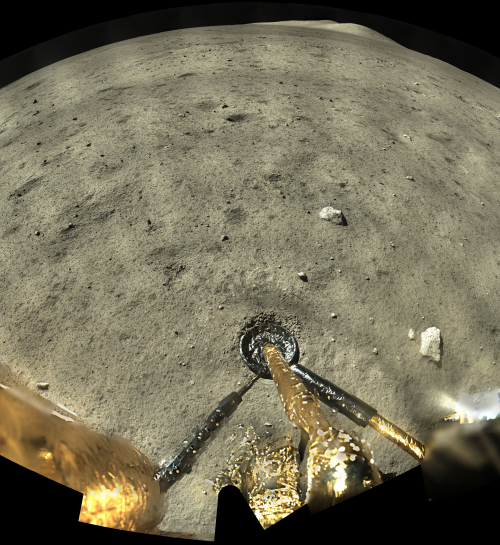Space tourism balloon company raises $7 million
Capitalism in space: The space tourism balloon company Space Perspectives has now raised $7 million for the initial development of their Neptune stratospheric balloon, designed to take tourists up to about 30 miles for long flights at the edge of space.
The company, with about 15 employees currently, will use the funding to continue development of Spaceship Neptune, a stratospheric balloon system designed to carry people to an altitude of 30 kilometers. Such flights would give people an experience similar to some aspects of spaceflight, notably the view.
A first test flight of the system, without people on board, is scheduled for the first half of 2021 from the Shuttle Landing Facility at the Kennedy Space Center in Florida. “It will really take us through the concept of operations” of the system, Taber MacCallum, co-founder and co-chief executive of Space Perspective, said in an interview. “It allows us to jump into serious hardware testing.”
If all goes well, they plan to begin selling tickets next year as well, with the first commercial flight targeted for ’24. This funding round also likely puts the company ahead of its two Spanish competitors, who are presently tied up in litigation against each other.
The article also quotes company officials as lauding the FAA’s new revised licensing procedures, the first industry response I’ve seen to these new licensing procedures. The new rules [pdf] required a document 785 pages long (actually larger than the FAA’s first proposed revision), making it hard to determine their effect — for good or ill — without actually using them. This positive review by an industry user is a very positive sign.
Capitalism in space: The space tourism balloon company Space Perspectives has now raised $7 million for the initial development of their Neptune stratospheric balloon, designed to take tourists up to about 30 miles for long flights at the edge of space.
The company, with about 15 employees currently, will use the funding to continue development of Spaceship Neptune, a stratospheric balloon system designed to carry people to an altitude of 30 kilometers. Such flights would give people an experience similar to some aspects of spaceflight, notably the view.
A first test flight of the system, without people on board, is scheduled for the first half of 2021 from the Shuttle Landing Facility at the Kennedy Space Center in Florida. “It will really take us through the concept of operations” of the system, Taber MacCallum, co-founder and co-chief executive of Space Perspective, said in an interview. “It allows us to jump into serious hardware testing.”
If all goes well, they plan to begin selling tickets next year as well, with the first commercial flight targeted for ’24. This funding round also likely puts the company ahead of its two Spanish competitors, who are presently tied up in litigation against each other.
The article also quotes company officials as lauding the FAA’s new revised licensing procedures, the first industry response I’ve seen to these new licensing procedures. The new rules [pdf] required a document 785 pages long (actually larger than the FAA’s first proposed revision), making it hard to determine their effect — for good or ill — without actually using them. This positive review by an industry user is a very positive sign.









